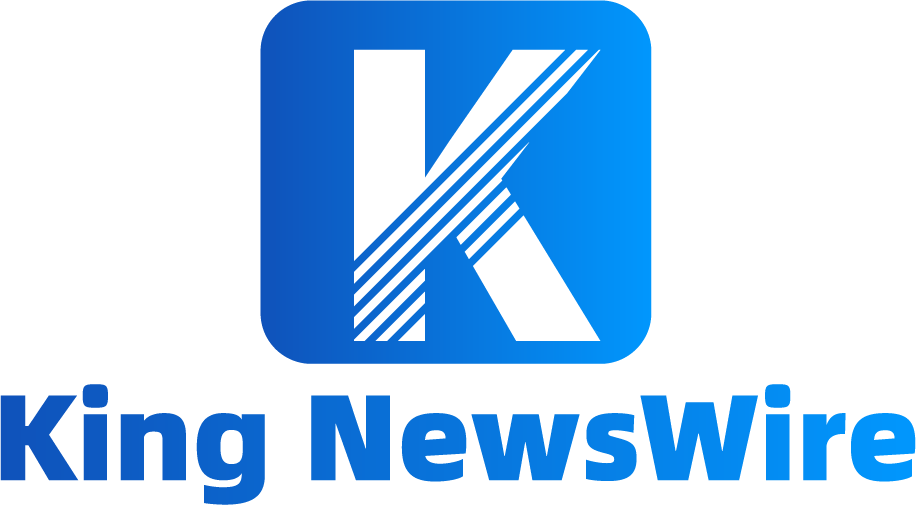- All Plans
- Yahoo Press Release
- Bloomberg Press Release + Yahoo Finance
- Business Insider Press Release
- Benzinga Press Release
- Digital Journal Press Release
- US Times Now Press Release
- AP News Press Release
- Yahoo Finance Press Release
- Street Insider Press Release
- MSN News Press Release
- USA Today Press Release
Managing Client Documents Efficiently Using Portals

Once upon a time, a bustling digital marketing firm found themselves overwhelmed by the sheer volume of client documents they needed to handle daily. Between contract drafts, creative briefs, and countless email threads, their old systems were crumbling under the load. It was then that they stumbled upon the magic of client portal solutions — a discovery that transformed their chaos into order. But this wasn’t just a solution for marketing firms; businesses across various industries, including law firms and financial consultants, were soon to realize the benefits of this technology.
The Rising Demand for Client Portals
Effective client document management is a need in today’s busy business environment, not a luxury. According to a survey by AIIM, nearly 83% of professionals cite the need for faster access to information and documentation as a driving factor behind their digital transformation efforts. Client portals cater precisely to this need, offering a centralized platform where all types of documents can be securely uploaded, stored, and managed, irrespective of industry.
What is a Client Portal?
A client portal is a secure digital gateway between a company and its clients that facilitates better communication, file sharing, and project management. It’s an exclusive, branded space where clients can log in to interact with the services or information relevant to them. This technology not only streamlines document management but also enhances client satisfaction by providing a transparent, accessible, and professional experience.

Key Features and Benefits
- Onboarding and Communication: Effective onboarding is crucial for client retention. Portals simplify this process by providing new clients with all necessary forms, documents, and welcome kits in one place. Regular communication through onboarding portal tools mean fewer emails and less confusion, leading to more satisfied clients.
- Efficient File Sharing and Management: Gone are the days of sifting through emails to find attachments. Portals allow businesses to share files with clients securely and efficiently, with features like drag-and-drop uploads, version control, and permission settings ensuring that the right people have access to the right information at the right time.
- Task Management: Assign tasks, set deadlines, and track progress all within the portal. This feature keeps everyone on the same page and projects moving forward without the need for micromanagement.
- White Label Solutions: Many portals, like Clinked, offer white label options that allow businesses to brand the portal as their own. This not only looks professional but also builds trust as clients feel they are interacting directly with your business, not a third-party software.
- Client Data Security: With rising concerns over data breaches and privacy, client portals provide a secure environment where sensitive information is protected with industry-standard encryption protocols.
Customization and Integration Capabilities
Client portals are not one-size-fits-all solutions. They can be extensively customized to meet the specific needs of different businesses, from marketing agencies to law firms. This adaptability extends to integrations with other tools and software, such as CRM systems and email platforms, which helps streamline operations and maintain continuity.
Analytics and Reporting
Client portals can also serve as powerful tools for monitoring and analysis. They offer analytics capabilities that allow businesses to track document access patterns, client engagement, and task completion rates. These insights can be crucial for adjusting strategies and improving client service delivery.
Client Feedback and Collaboration
Enhanced collaboration features in client portals allow for real-time feedback and interaction between clients and service providers. Clients can comment directly on documents or tasks, making the revision process faster and more efficient, which can significantly boost project outcomes and client satisfaction.
Compliance and Legal Standards
For industries facing strict regulatory requirements, such as legal, healthcare, and finance, client portals offer solutions that adhere to compliance standards. They help in maintaining rigorous data protection protocols, ensuring that all client interactions and document management processes are legally compliant.
Future Trends in Client Portals
Looking ahead, the integration of advanced technologies like artificial intelligence (AI) and machine learning (ML) in client portals is set to revolutionize how businesses interact with their clients. These technologies promise to automate routine tasks, predict client needs, and offer a more personalized and proactive service experience.
Conclusion
As the digital landscape evolves, the ability to manage client documents efficiently and securely becomes critical. Client portals offer a robust solution to this challenge, streamlining document management processes and improving client interactions across various sectors—from marketing agencies to legal practices. Have you considered how a client portal could enhance your business operations and client relationships?
Media Contact
Organization: Clinked
Contact Person: Erdem
Website: https://clinked.com/
Email: erdem.sen@clinked.com
City: Cambridgeshire
State: Cambridgeshire
Country: United Kingdom
Release Id: 26062413590
